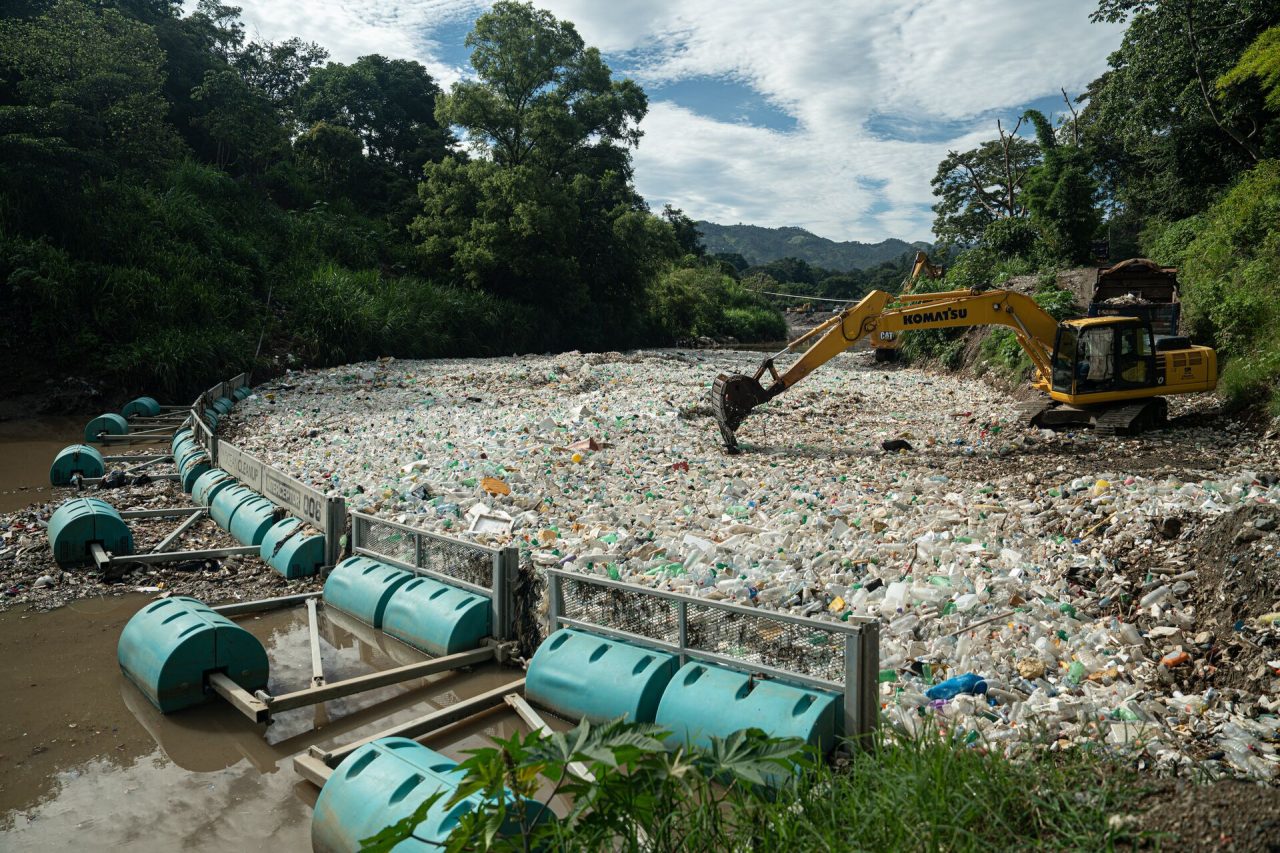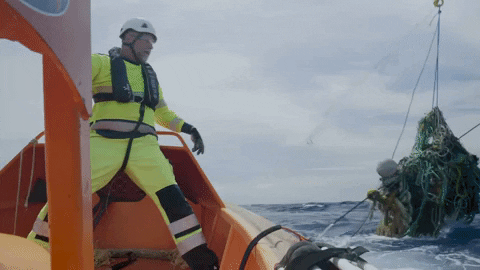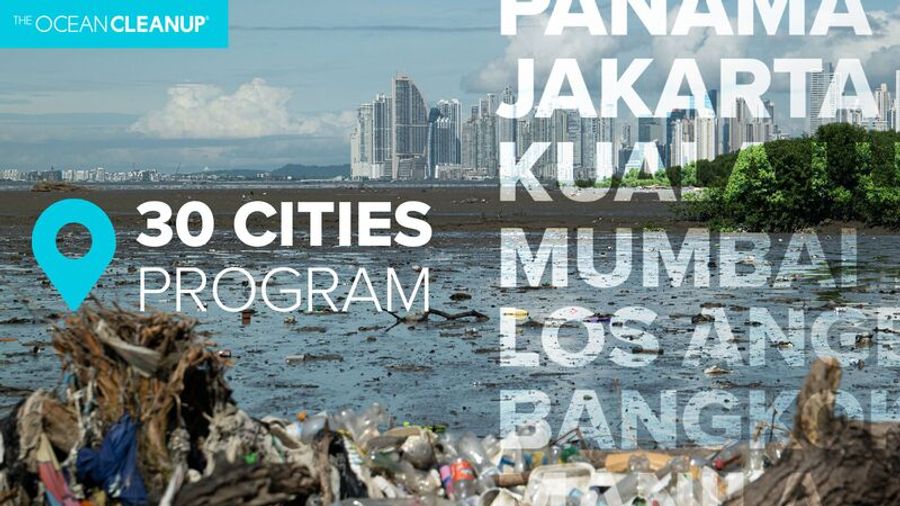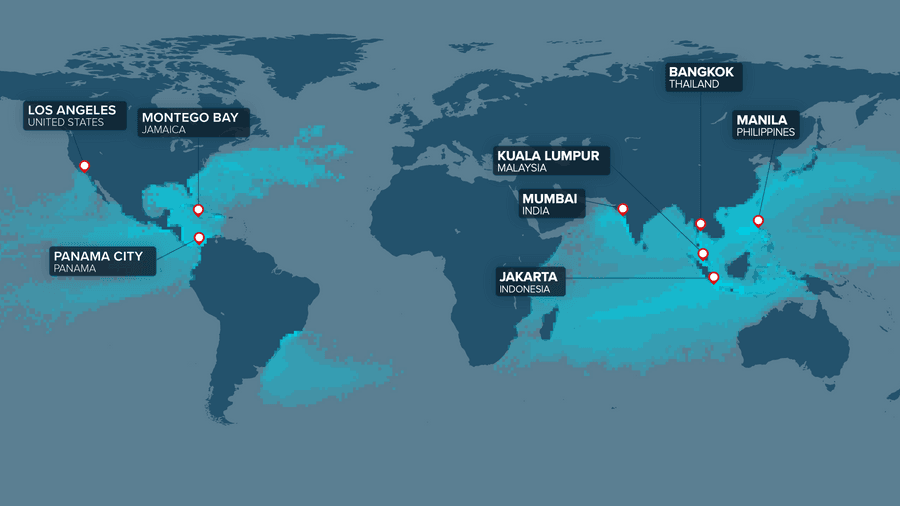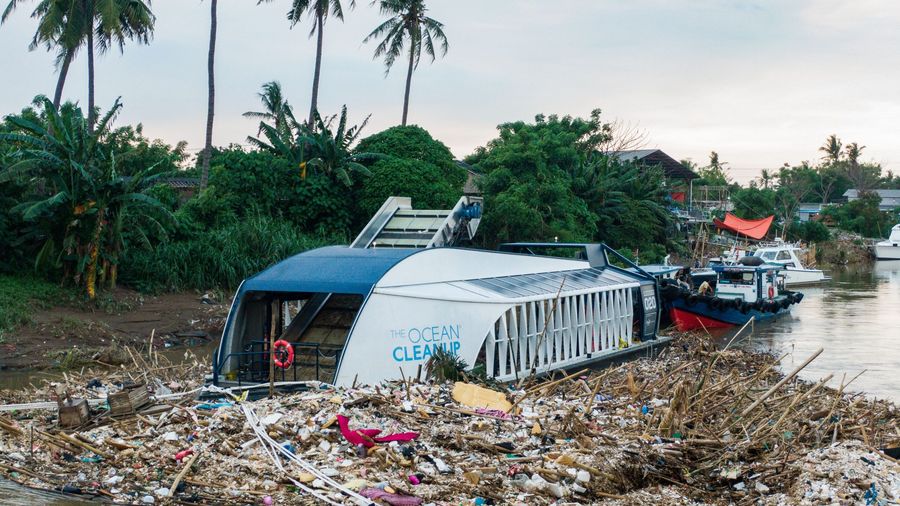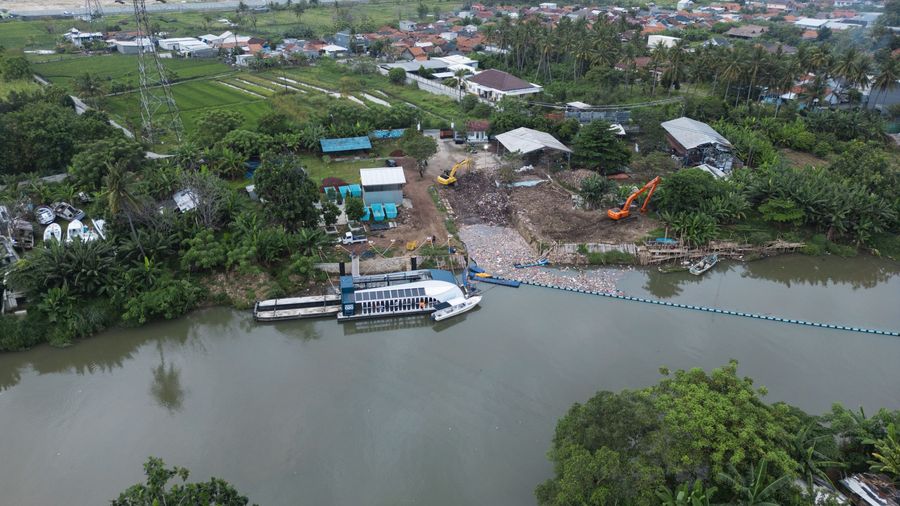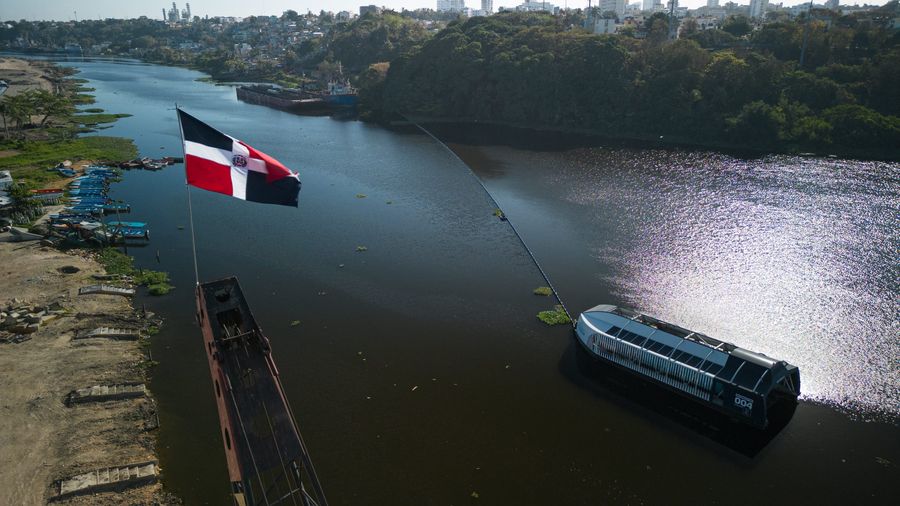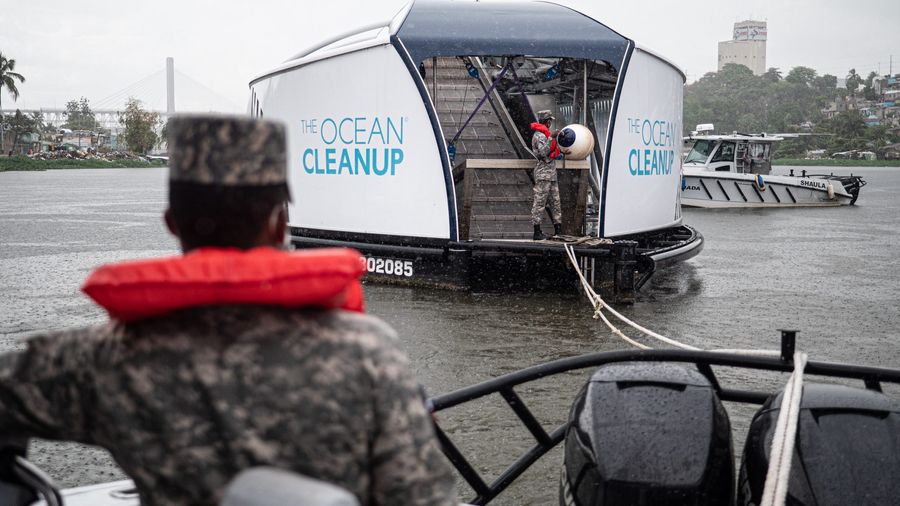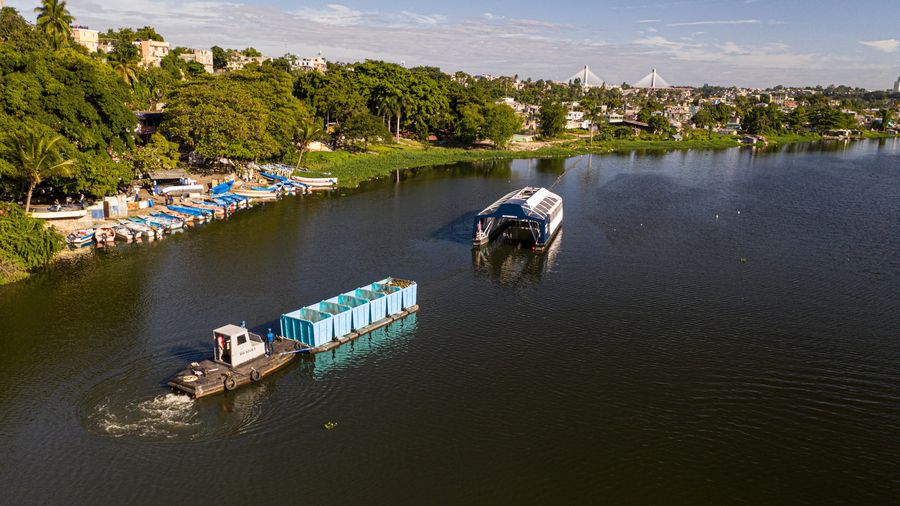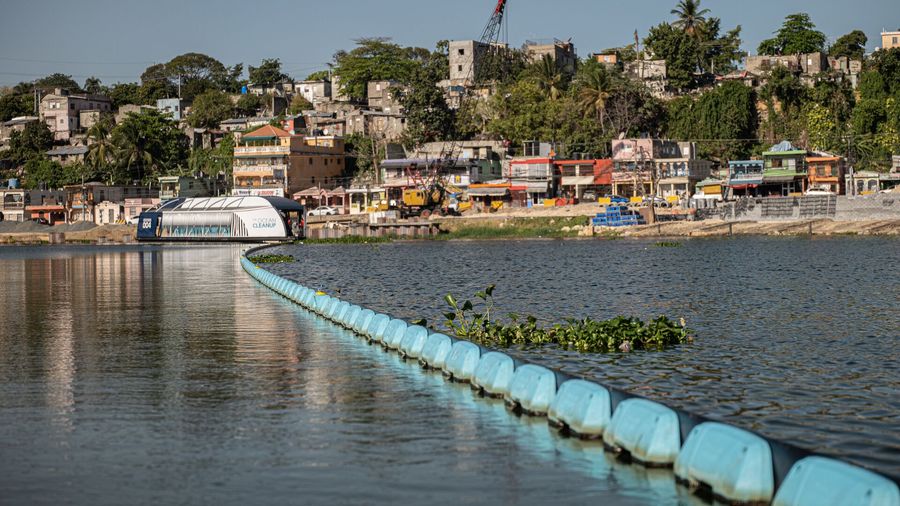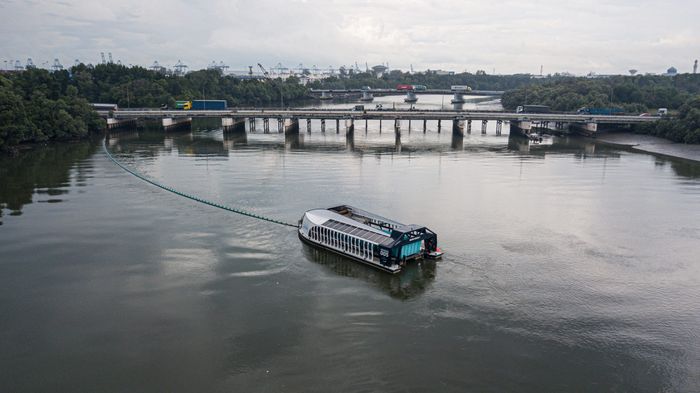
Staying with the flow: changes to Interceptor solutions
Back to updates- The Ocean Cleanup’s scientists and engineers have spent over a decade studying rivers, how they interact with pollution, and how to tailor specific solutions to stop the flow of trash before it reaches the ocean.
- This data-driven approach has led to year-on-year records for trash hauls, ensuring that plastic and other harmful elements do not remain in our aquatic environments, endangering wildlife and ecosystems.
Responsible Long-Term Impact
As we scale up to successfully remove 90% of all floating plastic in the ocean by 2040, we have launched the 30 Cities Program, an exciting new phase in our river operations by which we aim to stop the global flow of plastic from rivers into the ocean by up to a third by 2030. Thanks to the program, we will be present in over 200 rivers worldwide, which will bring us well underway on our target of covering 1000 rivers. In practical terms, this means rapid, efficient, data-driven deployments in new cities, and relevant upgrades and improvements in rivers we are already present in.
We continually assess the effectiveness of our deployments alongside our local collaborators and take into account any updates to local infrastructure or changes in river behavior. Decisions are made on a case-by-case basis to ensure we continue to deliver responsible long-term impact. This may result in changes in the type of Interceptor solution used, upgrades to certain systems, or additions to the local waste management ecosystem it is a part of. As a result of this expansion in the scope of cleanup efforts, some of our current deployments will evolve.
Change in Action
Interceptor 020 in Indonesia’s Cisadane river was affected by severe storms, with extreme rainfall leading to more debris than usual flowing through the river. Designed to deal with the challenging monsoon conditions in Indonesia, the intensity of the storm pushed 020 to its limits.
This moment highlighted to us, and our local partners, the need to improve interception and processing capacities to handle increasingly frequent severe weather events. To better support 020, new barriers were installed to increase river coverage to 100%, and a direct-to-shore waste processing strategy was implemented to ensure less buildup of debris and trash
Another example is 004, an Interceptor Original, in 2020 was part of the establishment of the Rescate Ozama Platform – a collaboration between the Dominican Government, The Ocean Cleanup, the Embassy of the Kingdom of the Netherlands, and the United Nations Development Programme. Over the past five years, 004 has stopped over 300,000 kilograms of waste from flowing into the ocean.
With the increase in our scope as part of the 30 Cities Program, and following consultations with the other members of the Rescate Ozama Platform, it was concluded that the Ozama river requires additional solutions.
This next phase of the project will benefit from new waste management infrastructure being built by the Dominican Government. The Interceptor Original that has been in service since 2020 will be repurposed to become an environmental education classroom and will continue to function as an awareness-raising tool promoting community participation as a fundamental pillar for achieving effective waste management.
Commitment to Collaborative Solutions
Each country, city, and river we deploy in has different realities. The choice of Interceptor solution, their location, and related operations are all data-driven and fit within local contexts. By working closely with local stakeholders, we ensure that if and when situations evolve, we can effectively implement the next phase of the project and make the best use of both our own and our partners’ resources.
